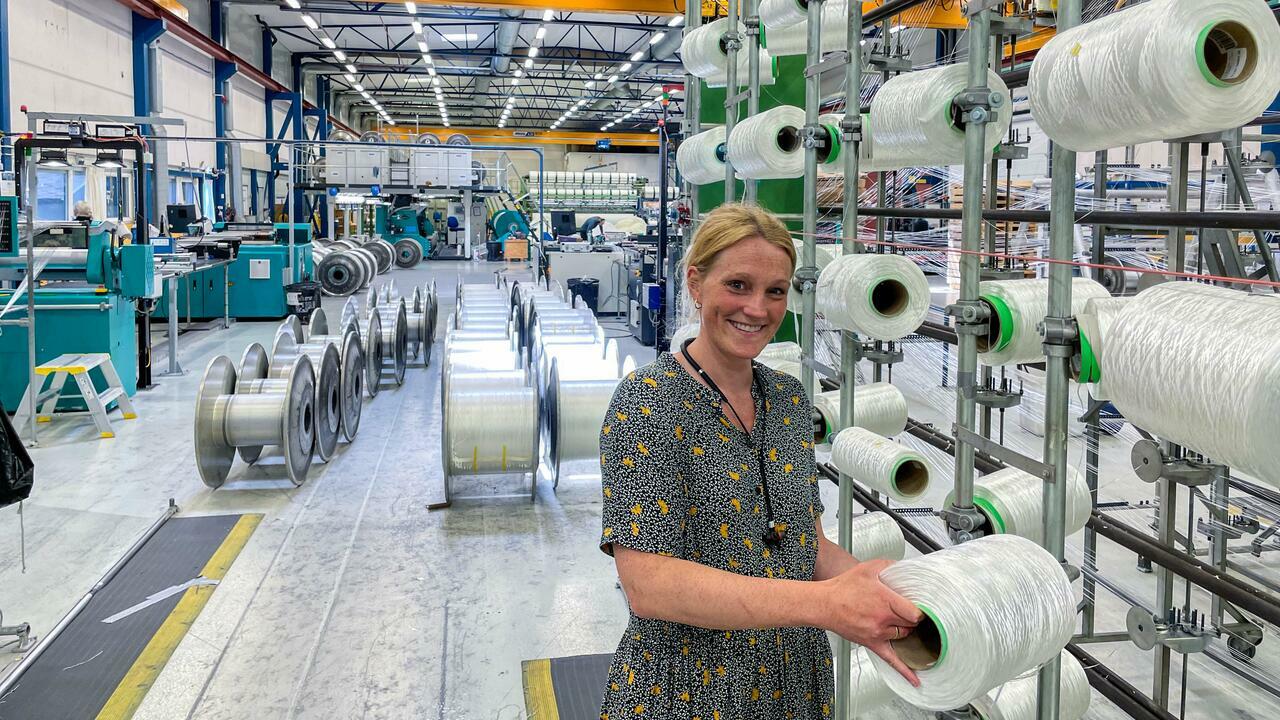
The fish farming industry faces increasing expectations for documentation of climate and environmental impacts. AKVA group has taken the lead in meeting these expectations. They now know that a single net emits approximately 25 tons of CO2 throughout its lifespan.
The equipment provider has calculated the environmental footprint of a standard fish net. The first environmental declaration, an EPD (Environmental Product Declaration), has just been published.
Trude Olafsen, ESG Manager at AKVA group, along with Karen Kvalheim at AKVA group Egersund Net, has been central in developing the EPD. She is focused on what lies ahead for the industry.
"As an industry, we must increasingly be able to document our climate and environmental impact, both to meet a growing demand for information and, importantly, to comply with new EU requirements. EPDs will ultimately professionalize the industry and help both suppliers and customers make environmentally friendly choices," says Olafsen.
It is important to have common guidelines in the industry when developing environmental product declarations. Under the auspices of the Norwegian Seafood Federation, AKVA group has closely collaborated with other suppliers and fish farming companies to develop rules, guidelines, and methods for creating EPDs for a sea-based aquaculture facility. These regulations were published on the EPD Norway website back in 2022. With the assistance of a consulting firm, the Norwegian Seafood Federation has also developed an EPD generator that AKVA group and others in the industry have tested, simplifying the process for all suppliers to create such EPDs.
An EPD is based on life cycle analyses anchored in international standards and must be third-party certified before being allowed for publication on the EPD Norway website. The EPD aims to summarize a product's environmental profile in a standardized and objective manner.
The EPD for nets demonstrates that a standard AKVA group net emits approximately 25 tons of CO2 over its lifespan, with the equipment provider now aware of the phases contributing most to these emissions. This enables them to work purposefully towards reducing their environmental footprint.
